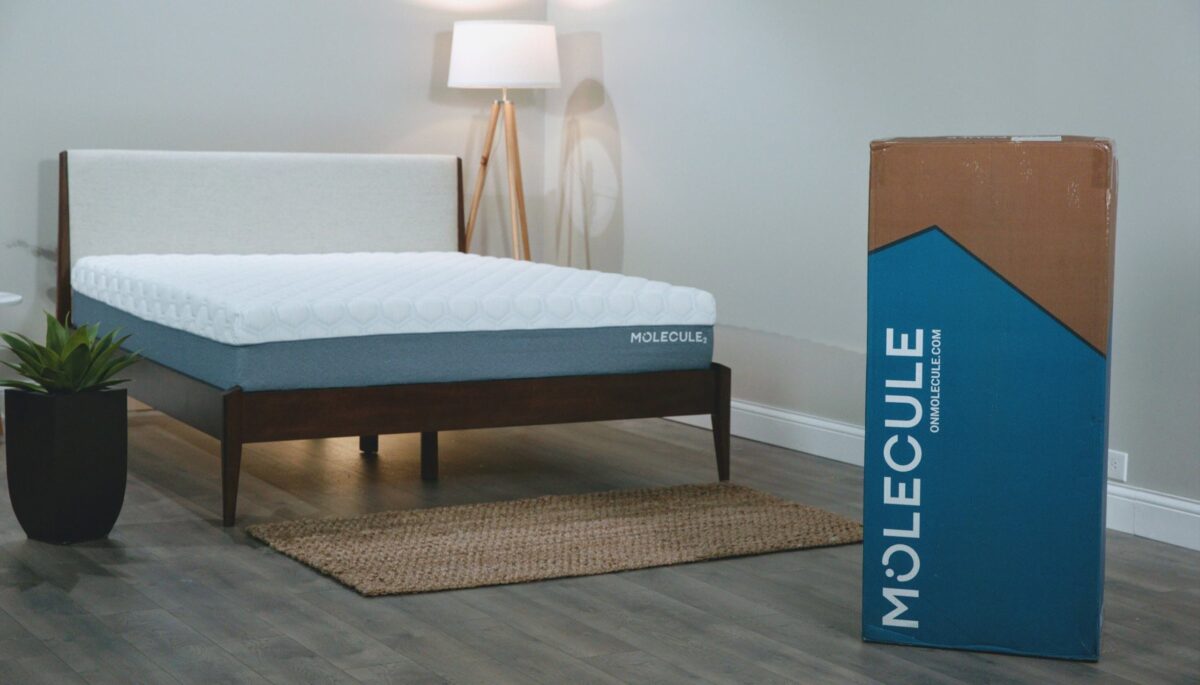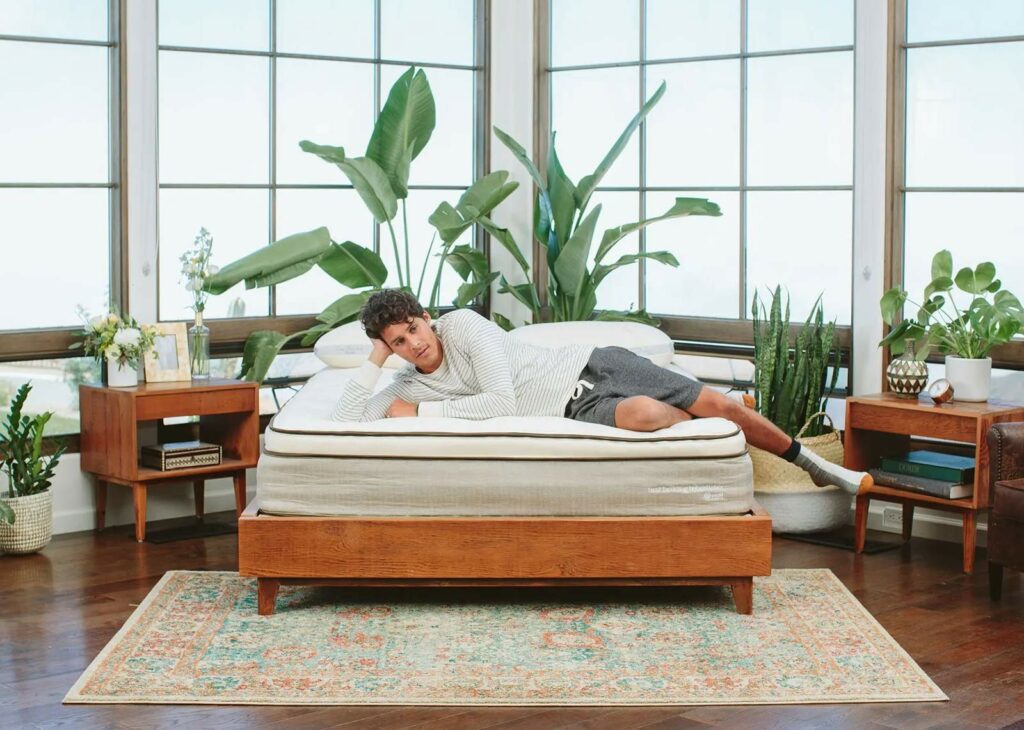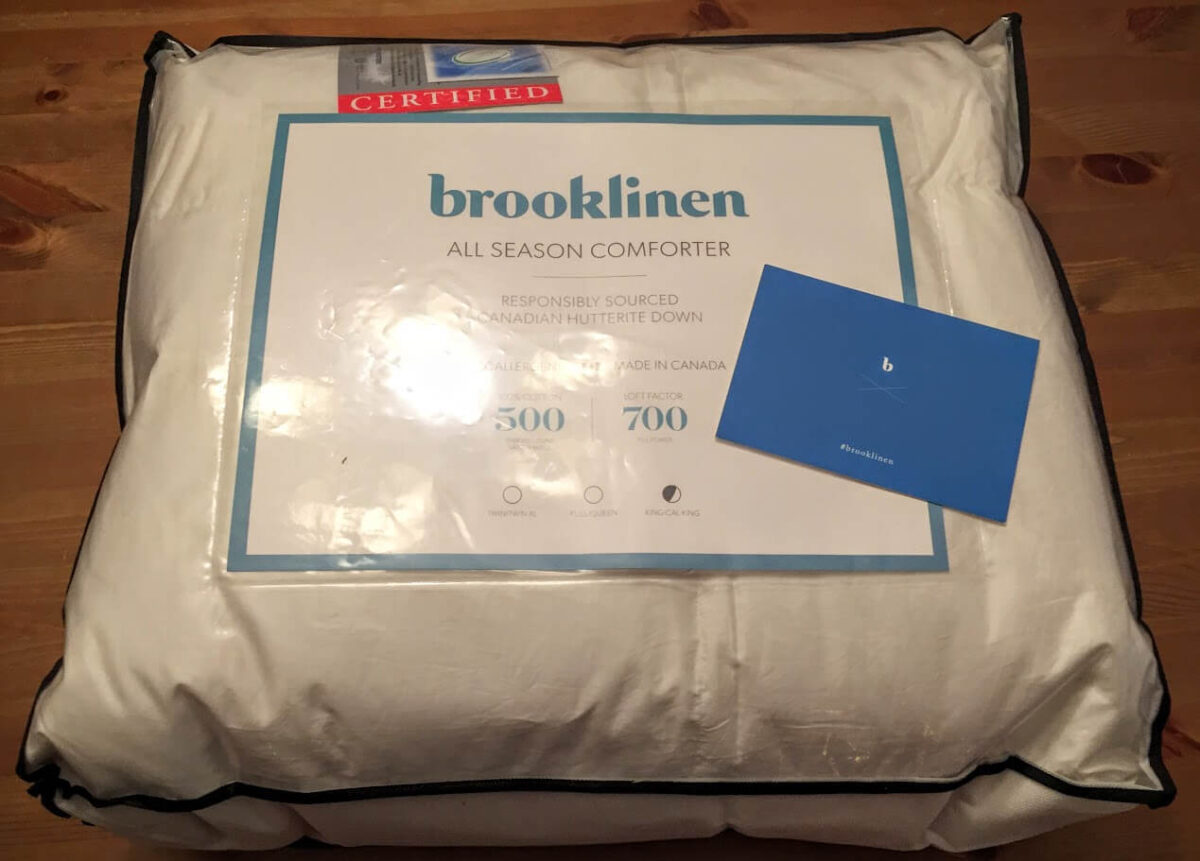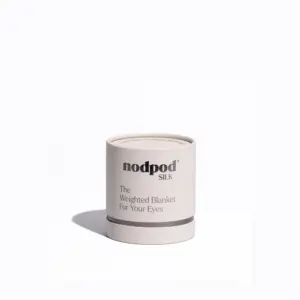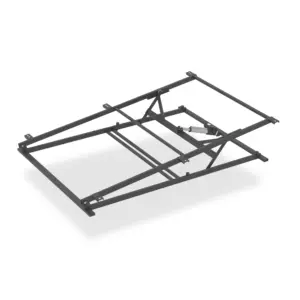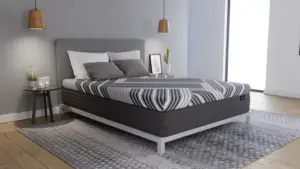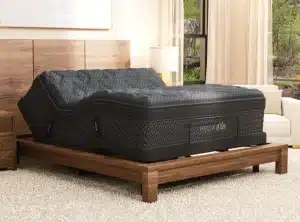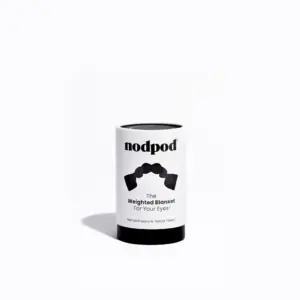The Definitive Guide to Why Bed Sheets Were Invented
Understanding the Invention of Bed Sheets
Throughout history, the quest for warmth, comfort, and protection during sleep has been a fundamental human experience. Bed sheets were invented as a vital solution to enhance our sleeping environment, providing several essential benefits that have evolved over time. From their origins in ancient civilizations to their modern iterations, bed sheets have become a staple of our daily lives.
The Historical Journey of Bed Sheets
The story of bed sheets begins in ancient Egypt. By around 1000 AD, Egyptians were crafting linen sheets from flax, a plant they cultivated extensively. Linen was not only valued for its practical attributes—breathability and coolness—but also served as a symbol of wealth and status. The beds of pharaohs were lavishly adorned with fine linen, reflective of their prosperity and power.
As we transition to medieval Europe, bed sheets became increasingly common, yet remained a luxury primarily enjoyed by the wealthy. During this period, the textile industry was in its infancy, and sheets, made typically from linen or wool, were essential for providing warmth in the chilly stone castles of the era. Beds often served multiple family members, making sheets crucial for maintaining a level of hygiene and comfort.
The Renaissance marked a significant turning point in the evolution of bed sheets. This era of cultural and artistic flourishing introduced various advancements in textile production. The arrival of cotton from the New World paved the way for softer, more affordable sheets, making them accessible to the emerging middle class. Bedding began to include decorative elements, as individuals sought to reflect personal styles and social standings through their sleeping arrangements.
The Importance of Bed Sheets
So why were bed sheets invented? Their primary functions—comfort, cleanliness, and protection—have remained relevant throughout their history.
1. Comfort: Initially crafted from linen, these early bed sheets provided a soft barrier against rougher mattresses, enhancing the overall sleep experience. Over time, the introduction of cotton transformed sheets into luxuriously soft fabrics that wrapped sleepers in cozy comfort.
2. Cleanliness: More than just comfort, bed sheets have played a protective role. In ancient Egypt, they shielded individuals from insects and were pivotal for maintaining cleanliness. This foundational concept of hygiene remains important today, as sheets protect mattresses from sweat and dirt, reducing allergens like dust mites in our sleeping environments.
3. Protection: At their core, bed sheets were designed to safeguard against the elements and maintain health. Their protective role has evolved with changing lifestyles and materials, but the intention has remained the same.
The Transition to Modern Bed Sheets
As we advance into the Industrial Revolution, bed sheets underwent a significant transformation. The invention of the cotton gin in 1794 revolutionized the production process, allowing cotton sheets to be mass-produced. This innovation drastically lowered costs and led to greater availability, turning bed sheets into household essentials rather than luxury items.
The continued advancement of textile manufacturing not only made bed sheets accessible to a broader audience but also introduced decorative elements that allowed individuals to express their personal styles. This merging of practicality and aesthetics laid the groundwork for the diverse options we have today.
The Fitted Sheet: A Game Changer
Among the most significant innovations in bedding is the invention of the fitted sheet. Prior to its introduction, making the bed involved meticulously tucking flat sheets. Bertha Berman’s patent in 1959 for the fitted sheet featured elasticized corners that securely grip the mattress, making bed-making a hassle-free experience. This design not only simplified the process but also contributed to the durability of bedding by reducing wear and tear.
The fitted sheet quickly gained popularity due to its convenience, allowing consumers to enjoy the ease of use without the frustration of keeping sheets in place. Today, fitted sheets are ubiquitous, available in a variety of materials, sizes, and styles to cater to diverse preferences.
Cultural Variations in Bed Sheet Usage
Bed sheet practices vary significantly across cultures. The Scandinavian Sleep Method, for instance, emphasizes individual comfort. Instead of a single large comforter, many Europeans, particularly those in Scandinavia, opt for individual duvets. This personalized bedding setup minimizes disturbances caused by a partner’s movements during the night, promoting a peaceful sleep.
Additionally, the debate over the necessity of a top sheet reflects cultural differences. In the U.S., top sheets are customary, placed between the sleeper and the duvet for added warmth and protection. In contrast, many Europeans forego this layer, directly sleeping under a washable duvet cover for simplicity and hygiene.
Conclusion: The Legacy of Bed Sheets
At Yawnder, we understand that selecting the right bed sheets transcends aesthetics; it profoundly impacts your sleep experience. From their historical roots to their modern significance, bed sheets have continuously adapted to meet our needs for comfort, cleanliness, and protection.
As you explore our comprehensive evaluations of diverse bedding options, you can discover quality selections that align with your preferences, whether it’s breathable cotton for summer or warm flannel for winter. Our commitment to affordability ensures you don’t have to sacrifice comfort for your budget.
Join us at Yawnder on your journey to achieving better sleep. Embrace the legacy of bed sheets as essential tools for a restful night, and discover how the right bedding can transform your sleep environment into a sanctuary of comfort and style.


